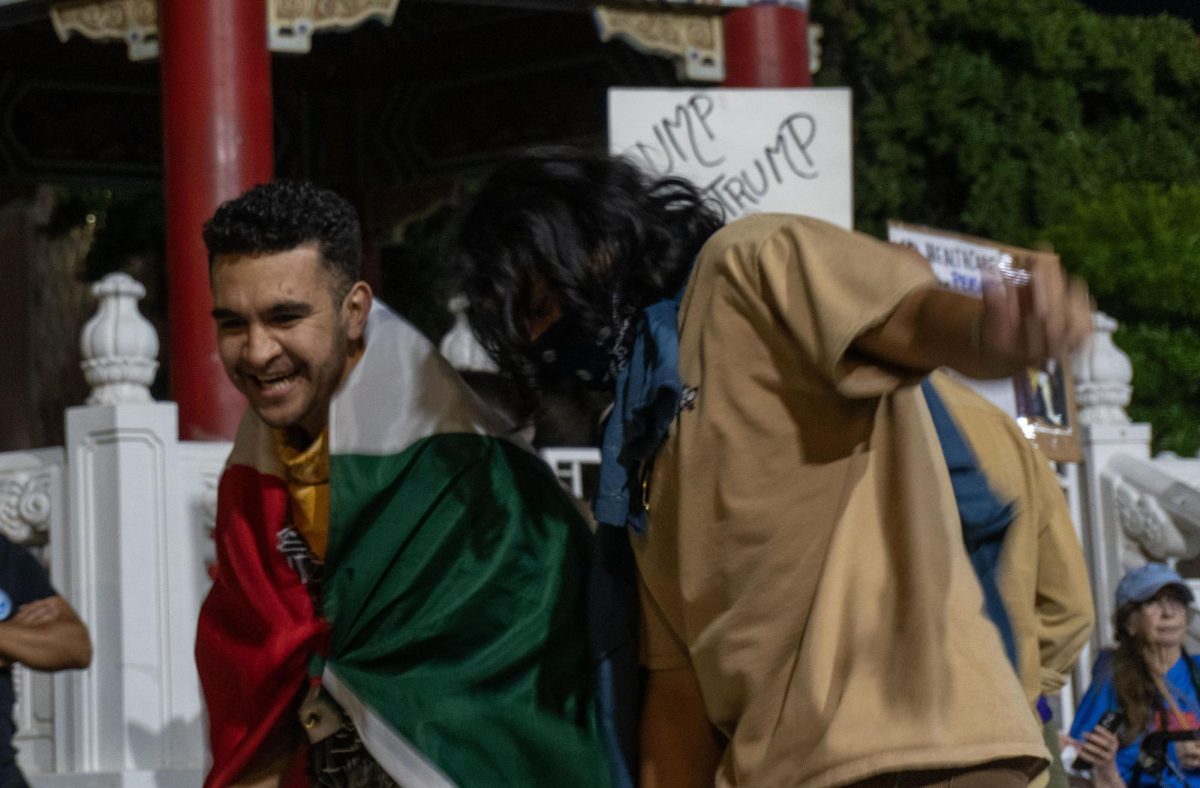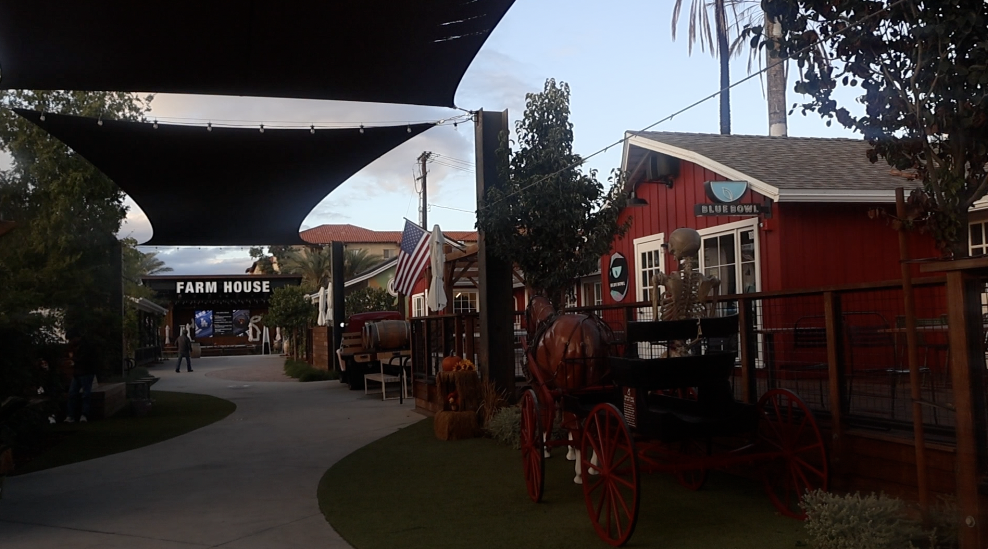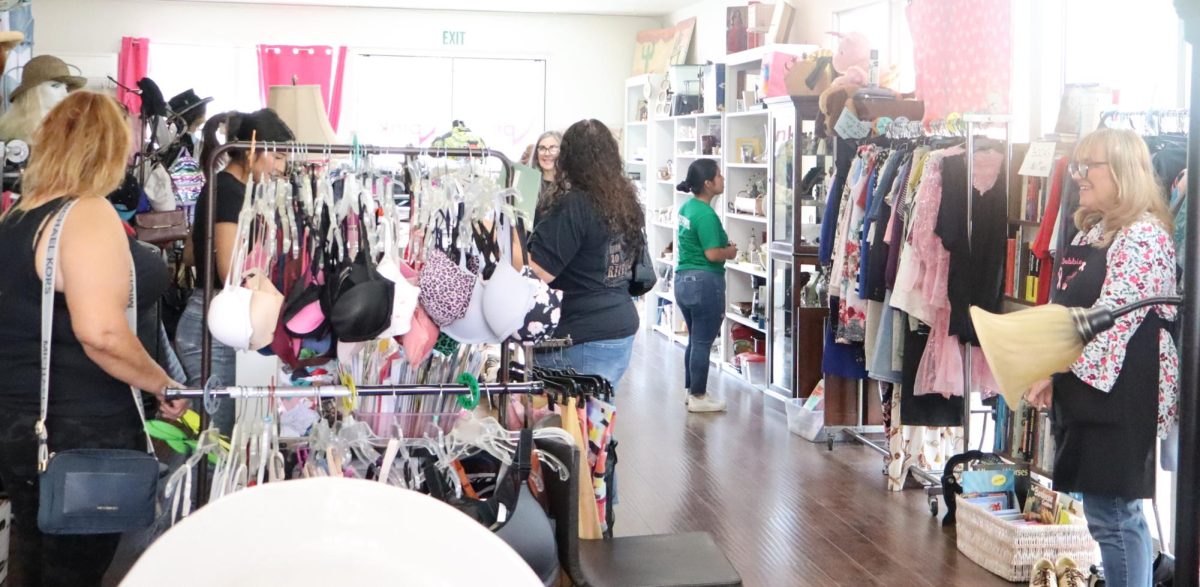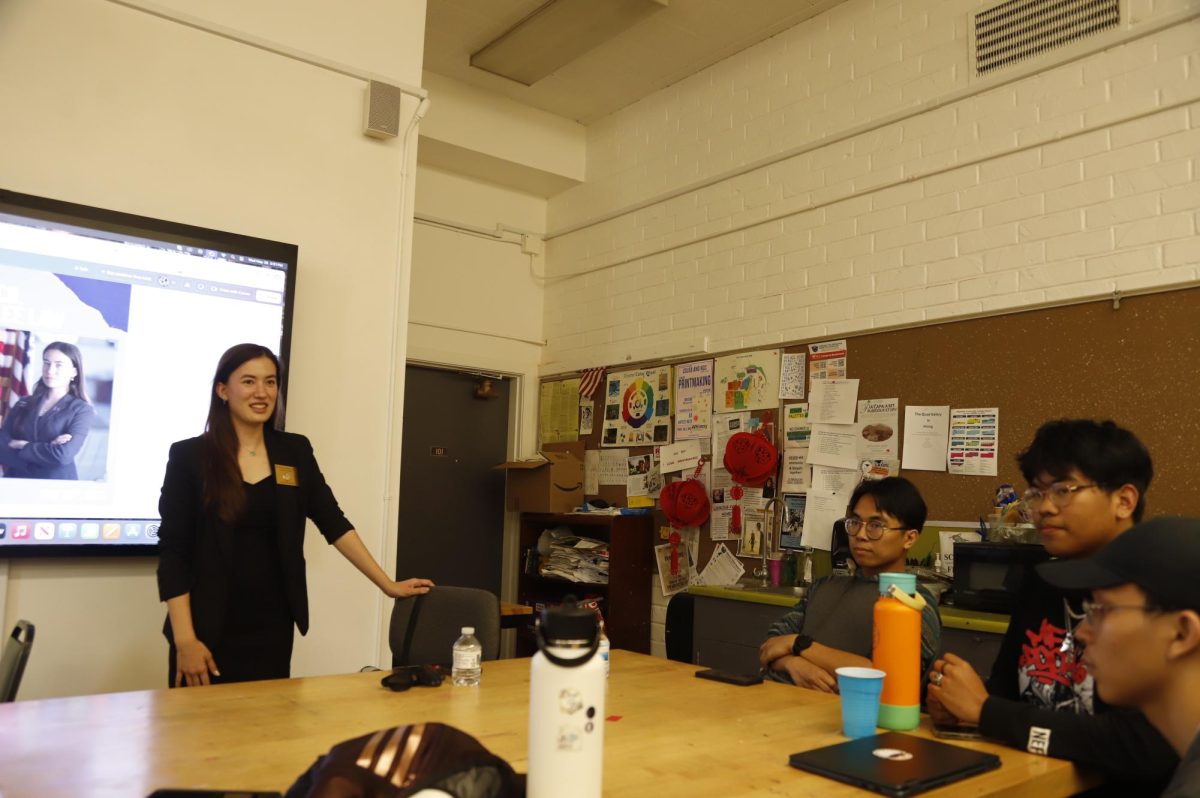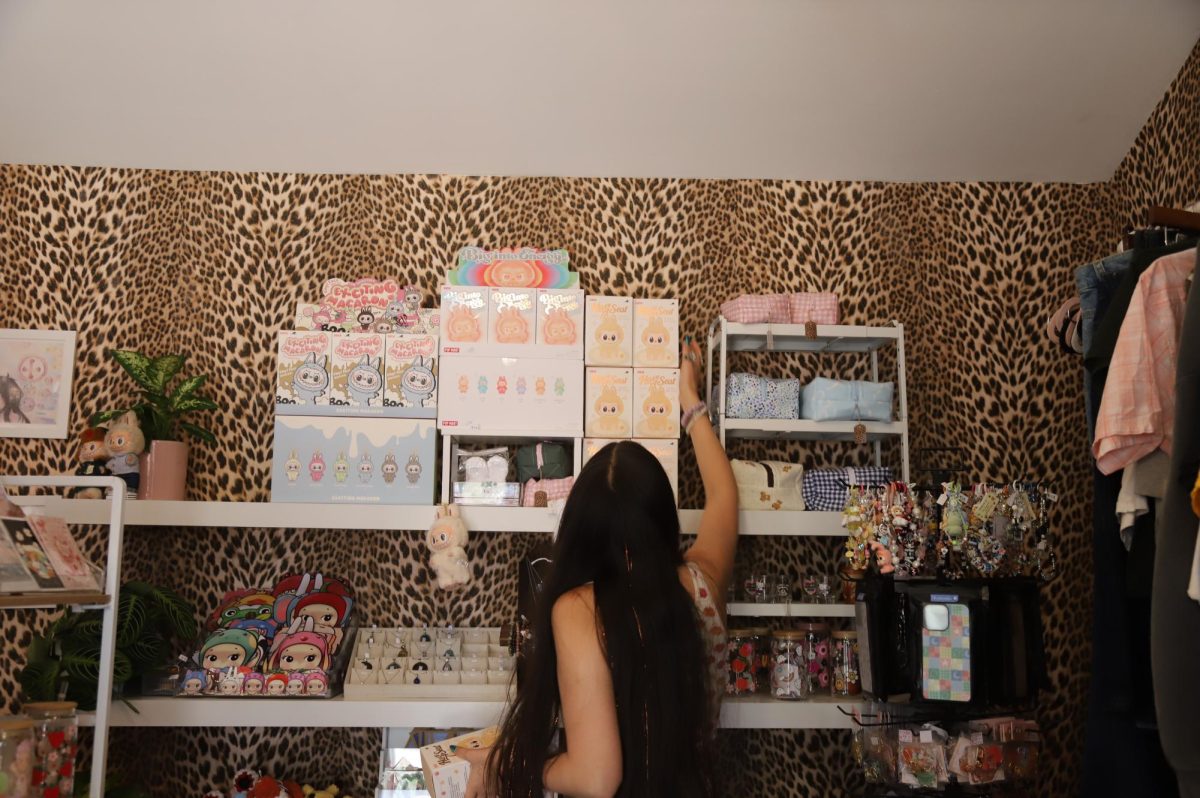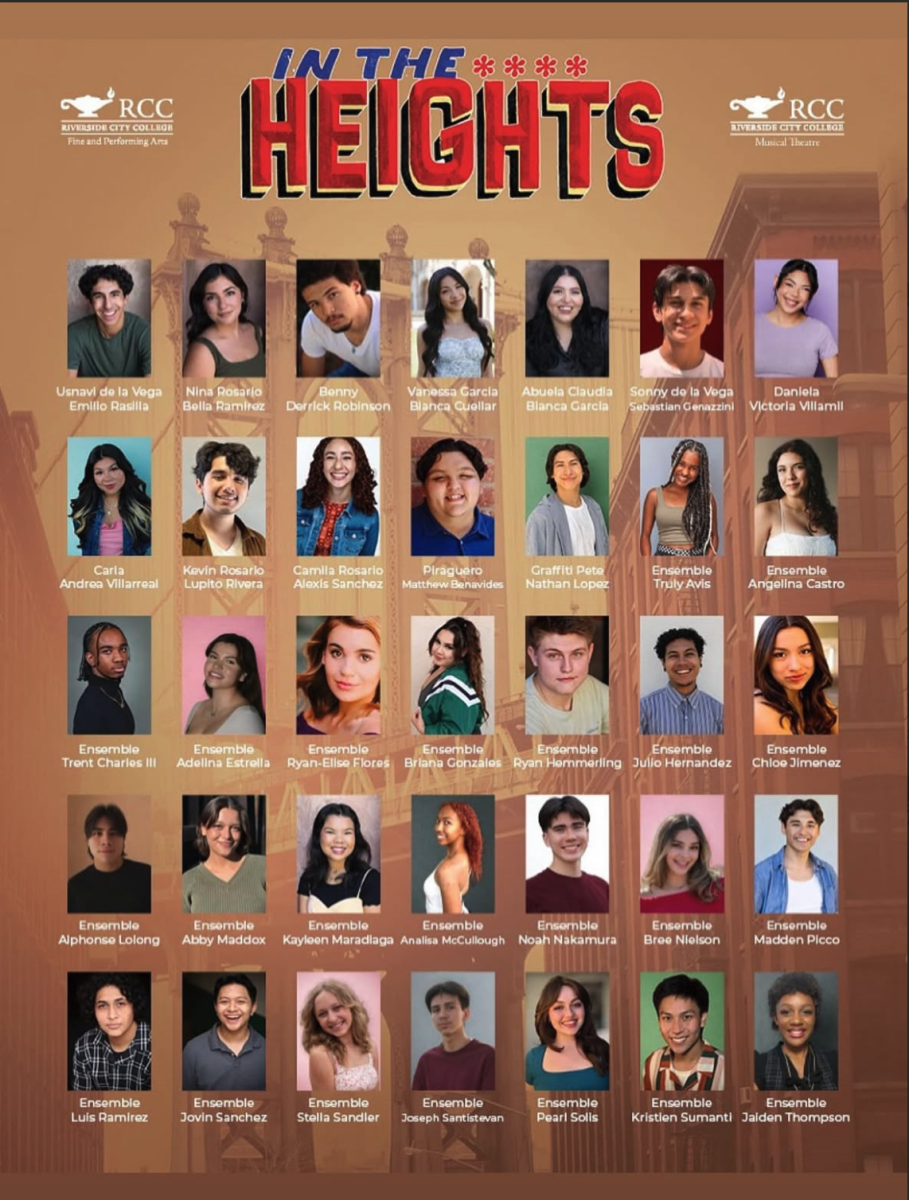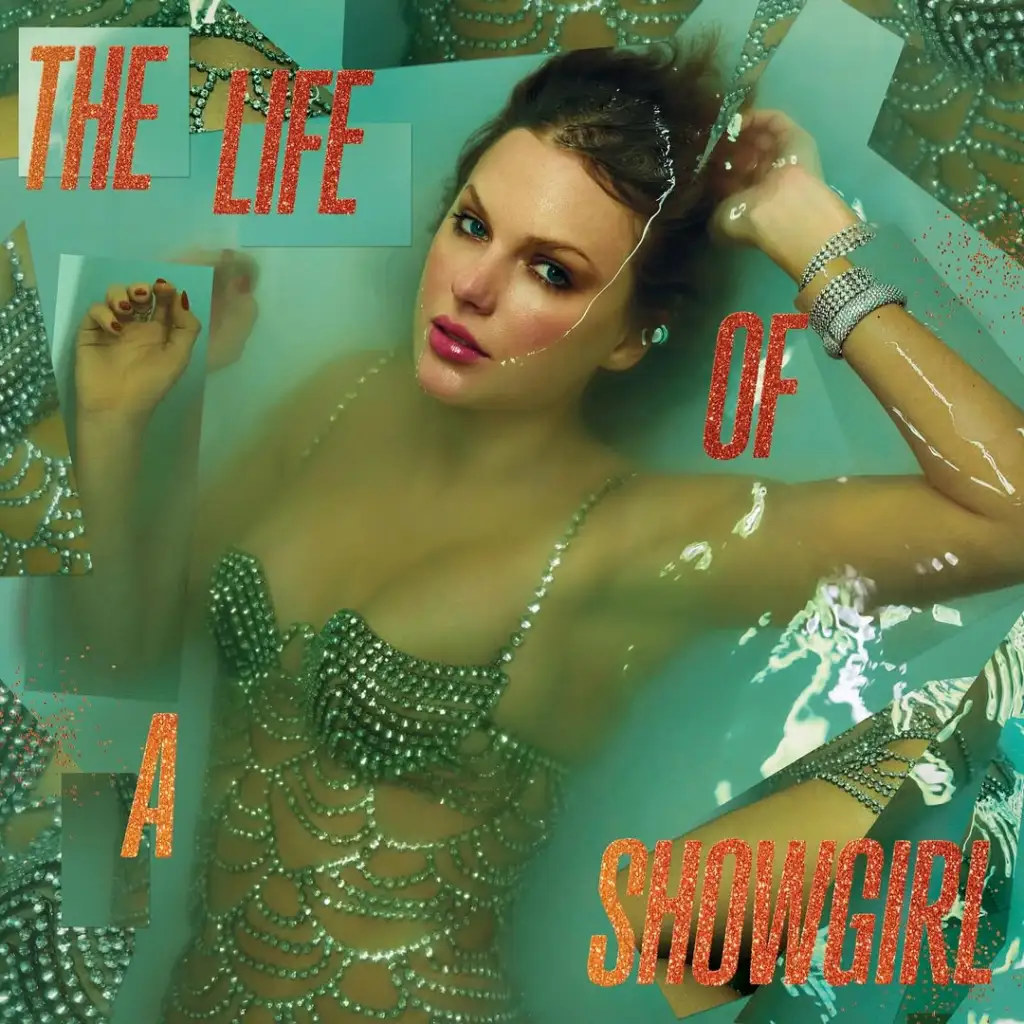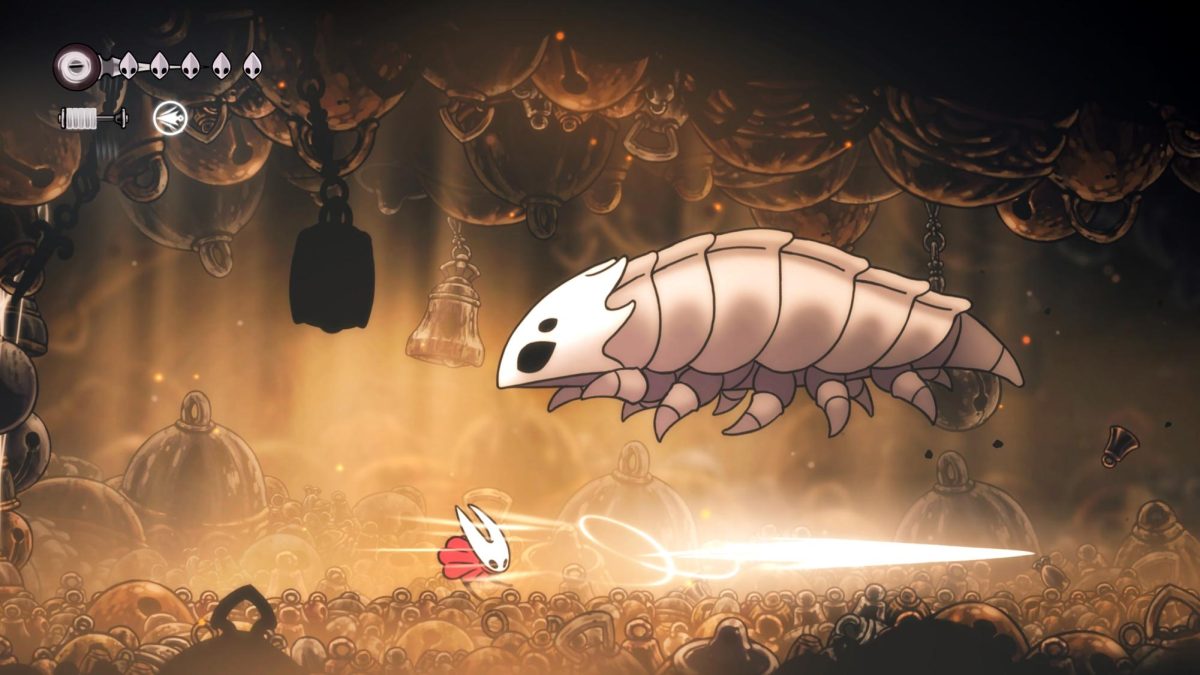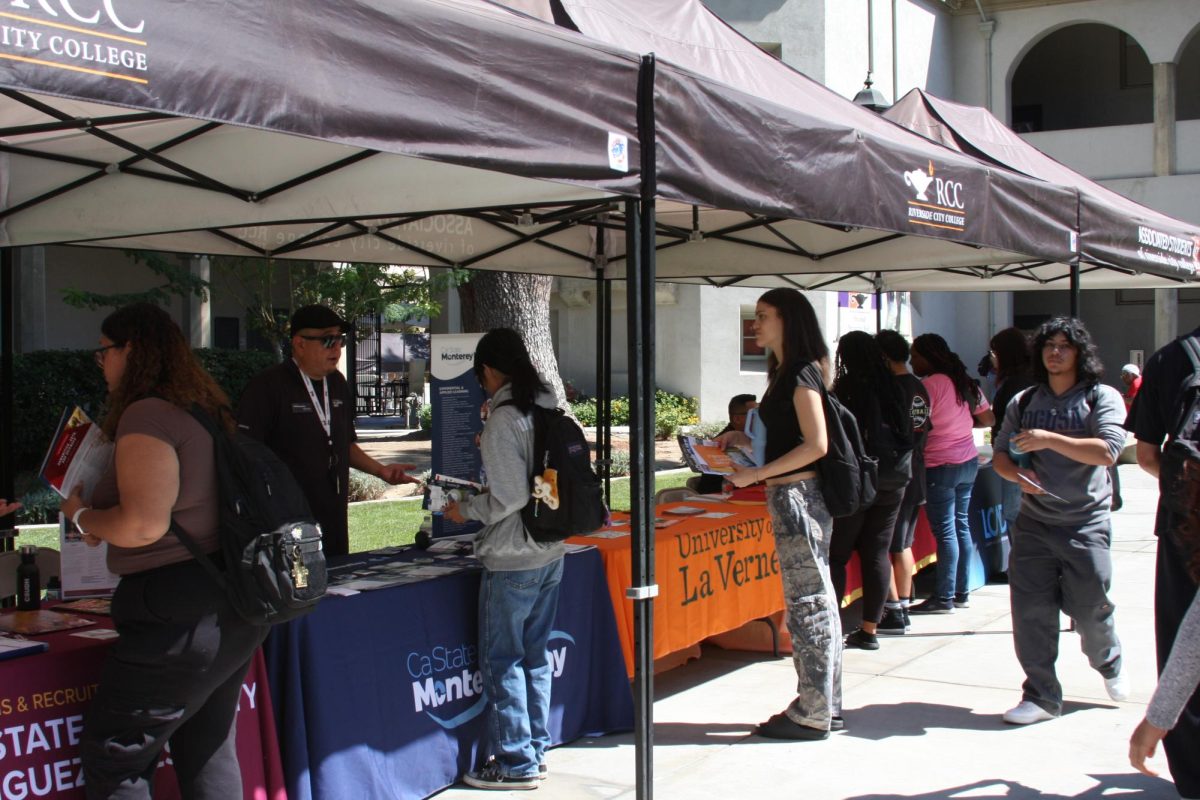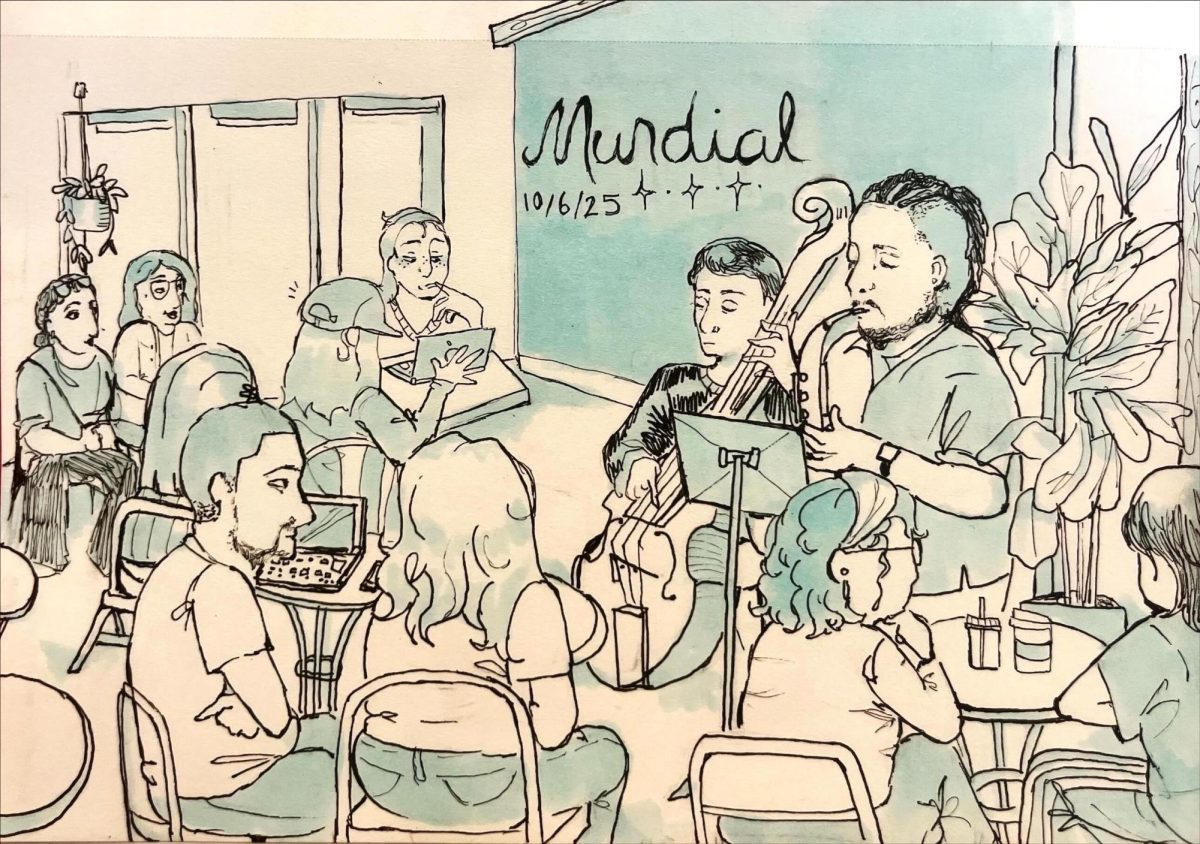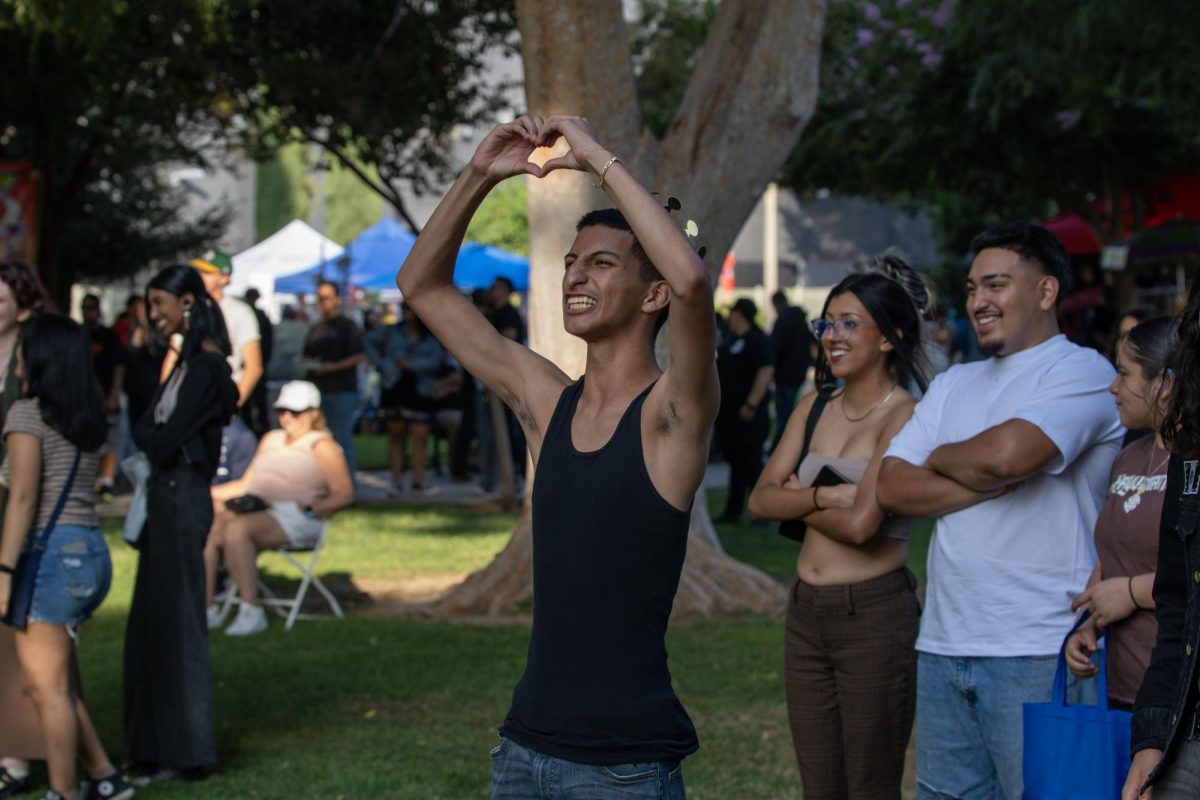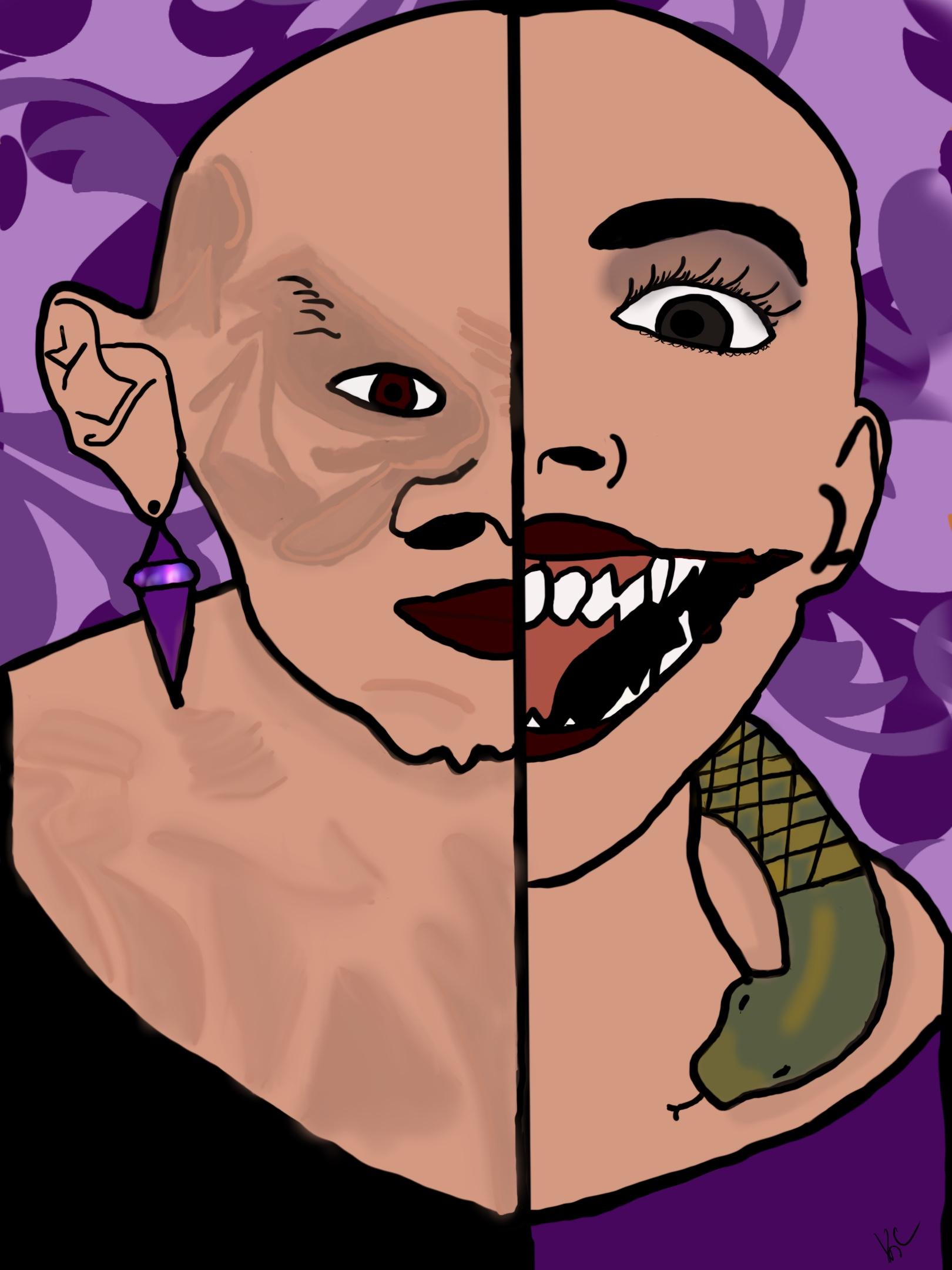
By Kyiesha Chavez
Roald Dahl’s 1983 children’s novel “The Witches” begins with the statements “This is not a fairy tale” and “witches are real.”
Following that is the frightening story of witches who are actually demons and share one thing in common: They all hate children.
The novel does a good job of acknowledging some of the darker parts of our childhood, portraying the characters in a brutally honest way.
People who don’t like children think they smell bad and strangers with candy have bad intentions.
The first film adaptation, released in 1990 and directed by Nicolas Roeg, brought that terrifying imagery to life with Anjelica Huston as the Grand High Witch. While it performed poorly in the box office, it has been a favorite for kids and adults for the past 30 years.
The 2020 adaptation was released at the perfect time on HBO Max, just a week before Halloween.
It starts with a monologue modeled after the book, the narrator speaking in a classroom full of children.
The first thing you realize about the narrator is the fact that he’s voiced by Chris Rock.
When I came to terms with that, it changed the tone of the movie. Hearing his voice was the first sign that director Robert Zemeckis decided to take this iconic film in a completely different direction.
It’s no longer the terrifying ’90s dark comedy movie that gave me nightmares as a kid, but much more colorful and with lighter intentions.
Another key difference is the updated cast. While the original film had a predominantly White cast, this new adaptation was a bit more diverse.
The main cast includes Anne Hathaway as the Grand High Witch, Octavia Spencer as Grandma, Stanley Tucci as hotel manager Mr. Stringer and Jahzir Kadeem Bruno as Hero Boy.
We also come to find out that the narrator is the voice of Hero Boy as an elder.
This cast difference is also noticeable in that the ’90s version was set in Norway, while this new version takes place in Alabama during the late ’60s.
Moving the story from Europe to America changes the dynamic and makes it more relatable for an American audience, similar to the movie adaptation of another Dahl novel, “Matilda”.
The last difference is that Roeg deviated the ’90s film ending from Dahl’s original novel — turning the mouse boy back into a human. Zemeckis decided to keep the original ending, with Hero Boy remaining a mouse for the rest of his life.
Even with all the changes to fit Zemeckis’ directing style, I found the film to be quite enjoyable to watch with the family.
Though I do prefer the sheer nightmare-inducing horror in Roeg’s film simply due to the old CGI technology, Zemeckis’ new version appeals to the younger generation with a more realistic approach.
Instead of the witches peeling off a mask to reveal a scary face, they look just like any normal adult but twisted into something we can’t trust. What’s scarier than that?

